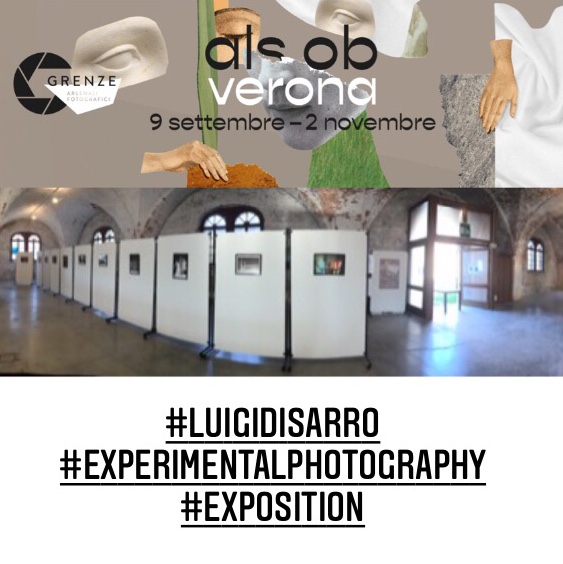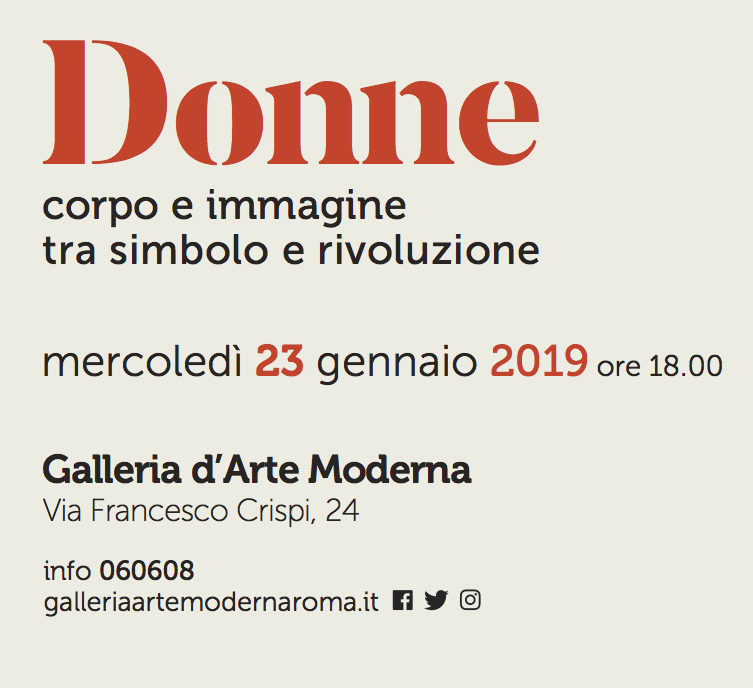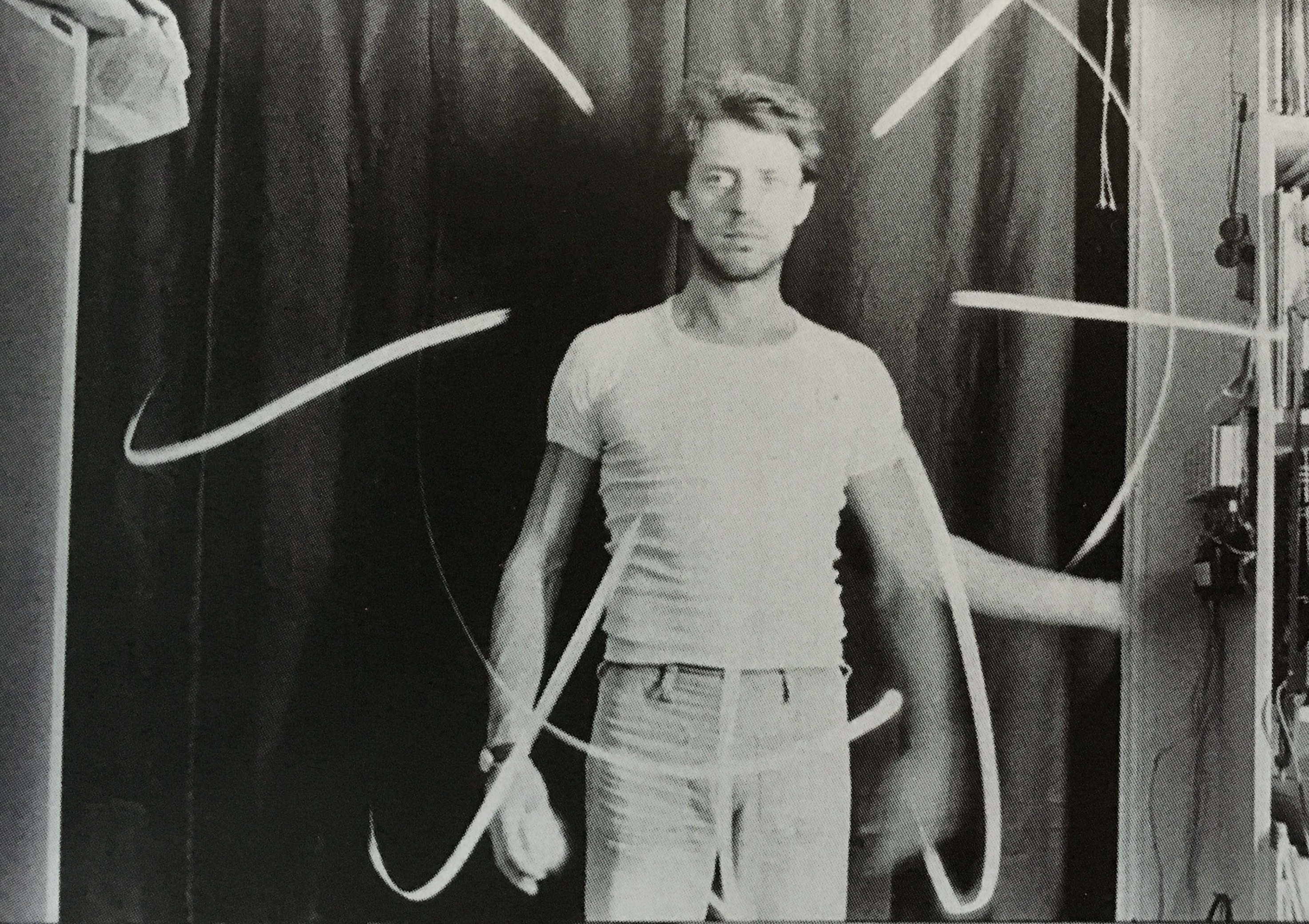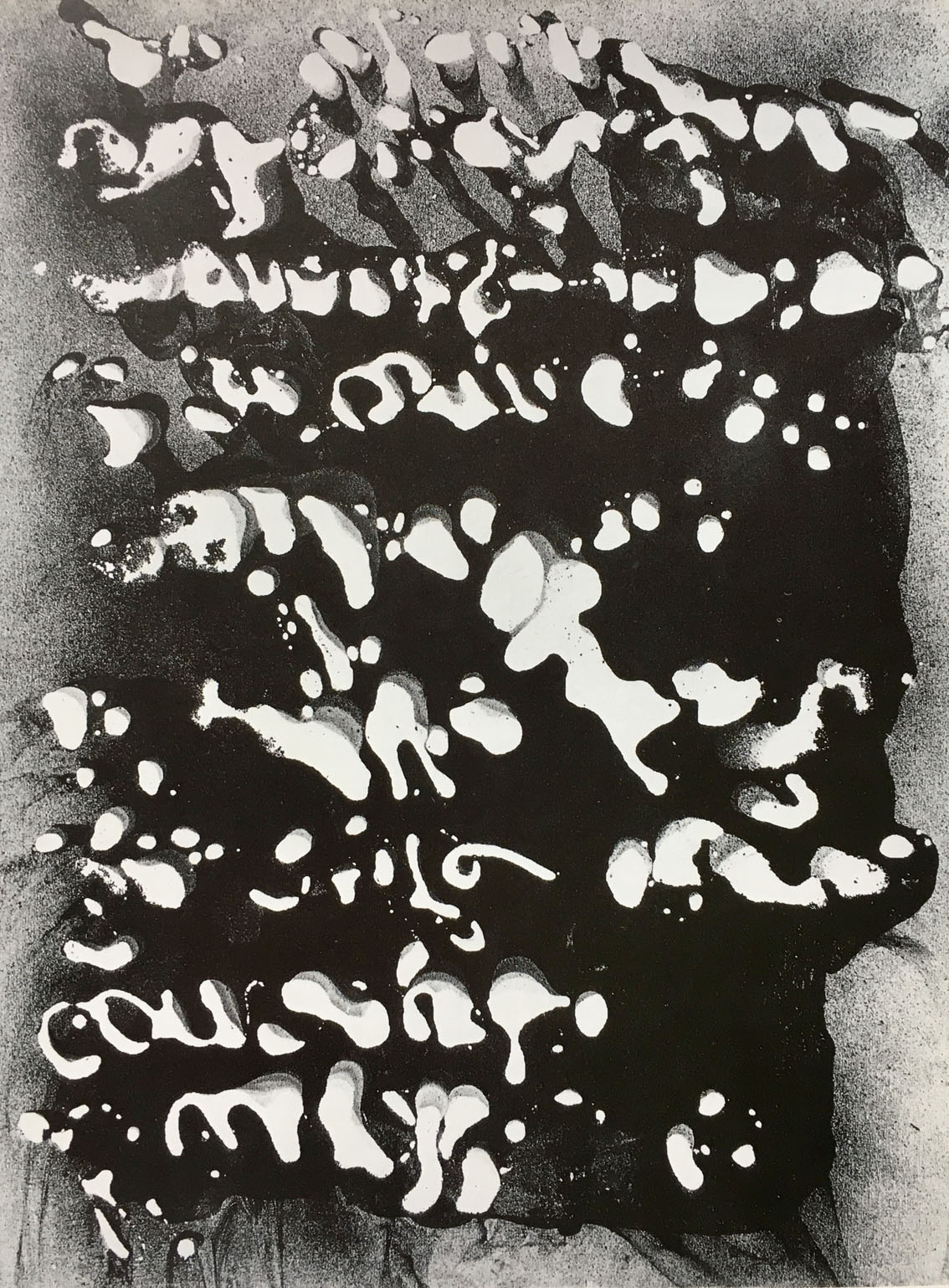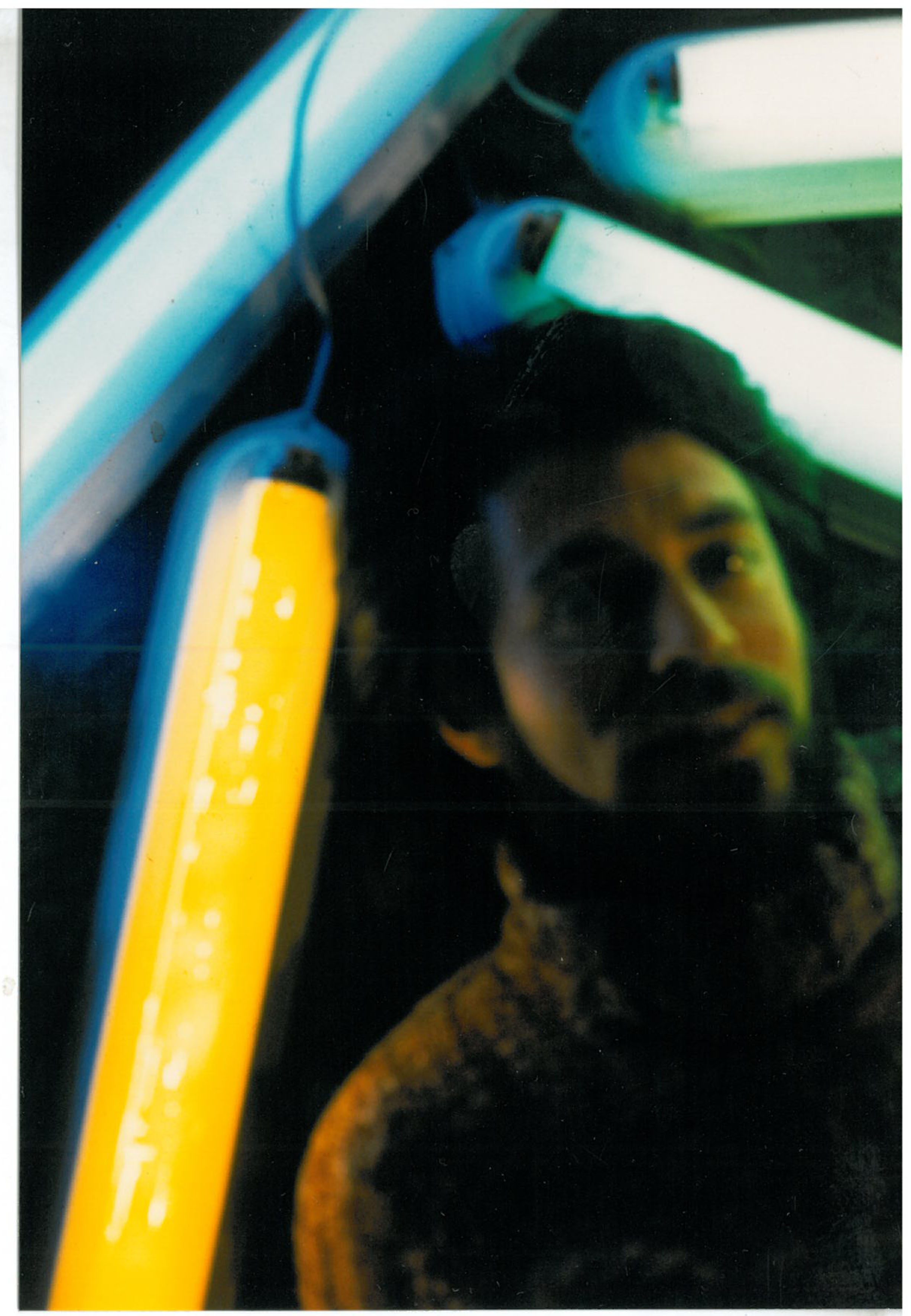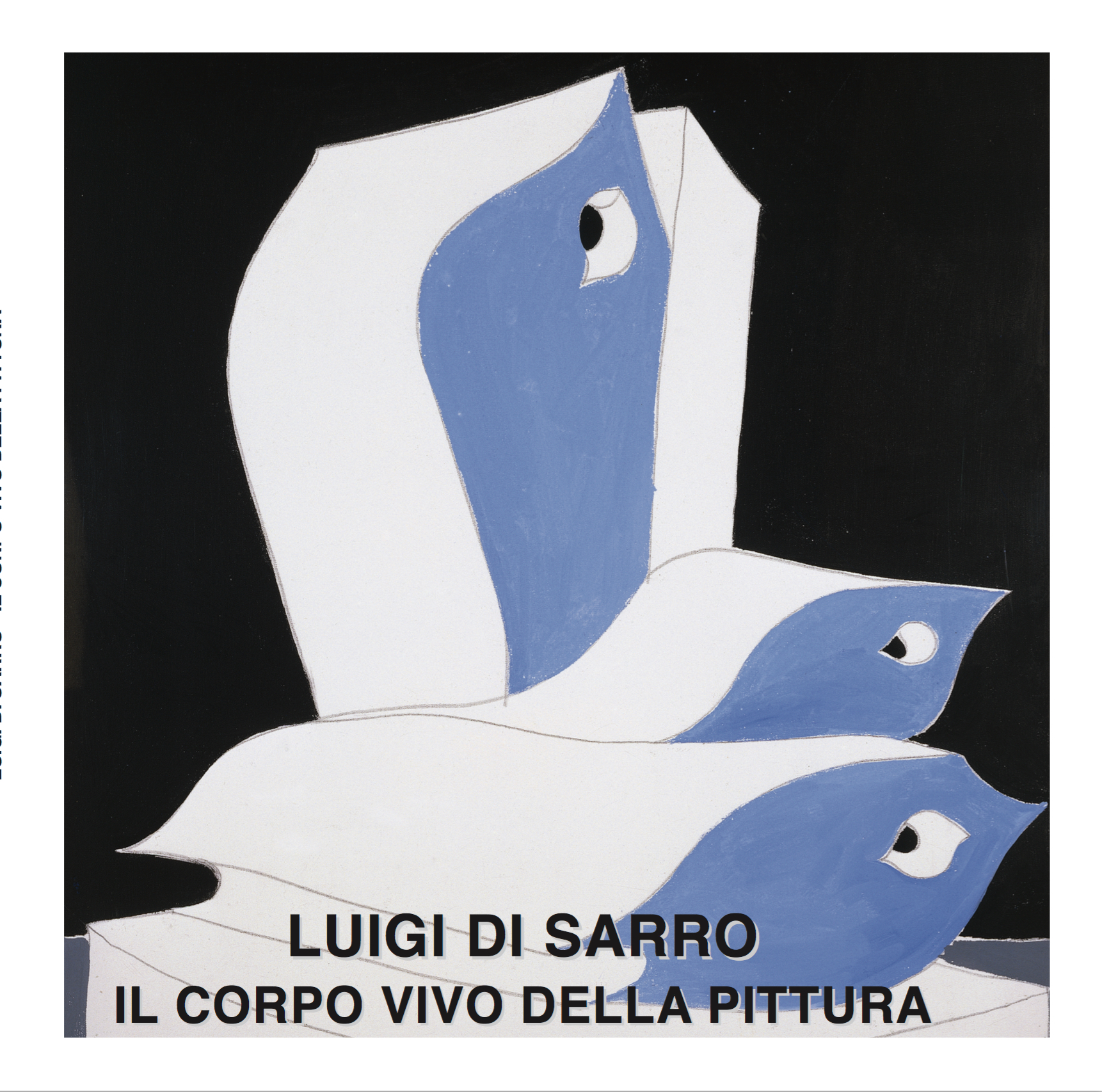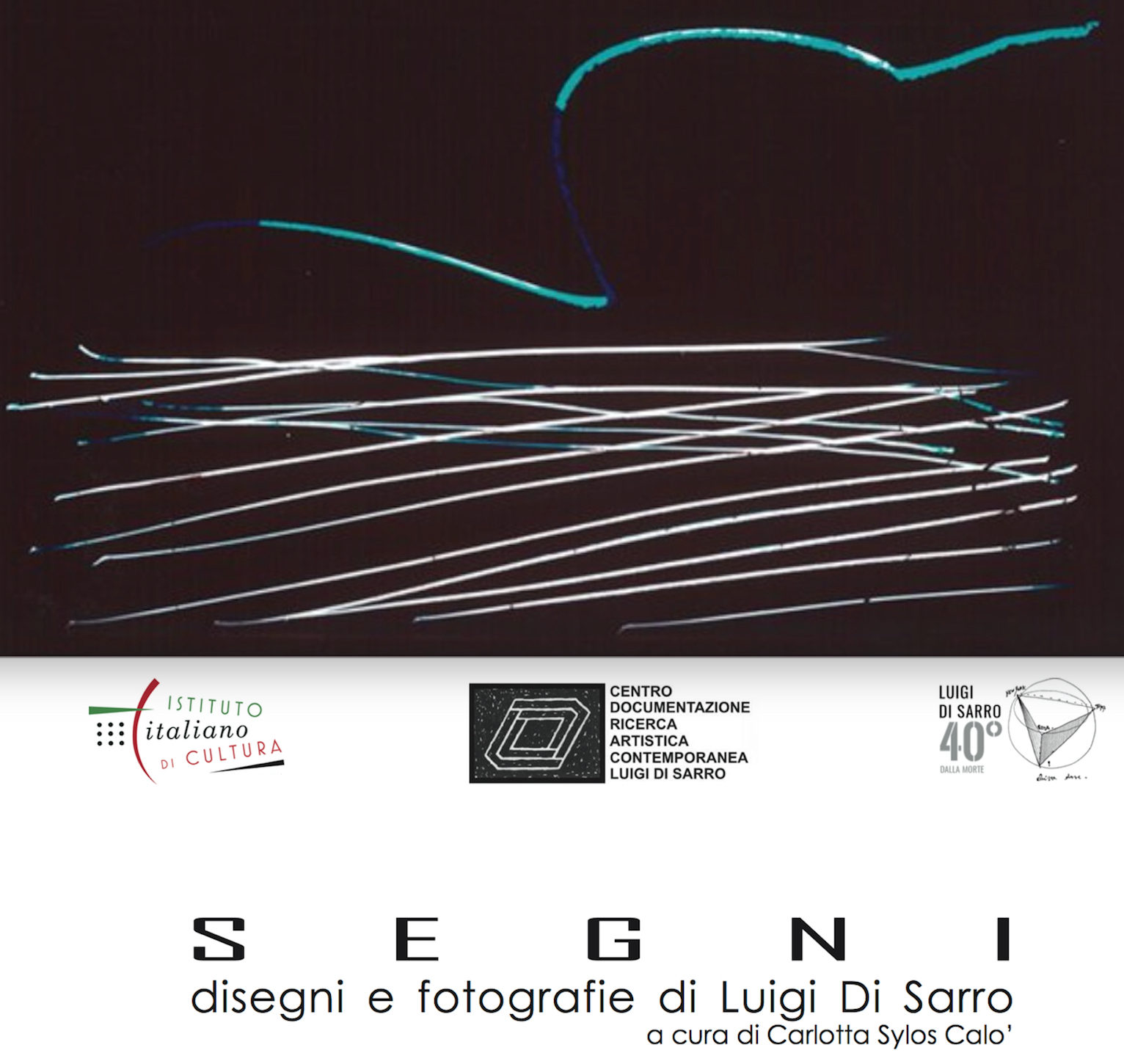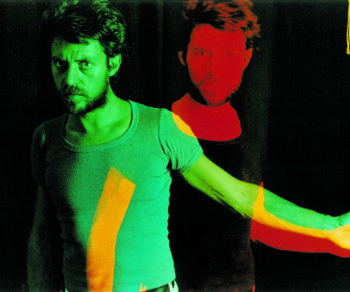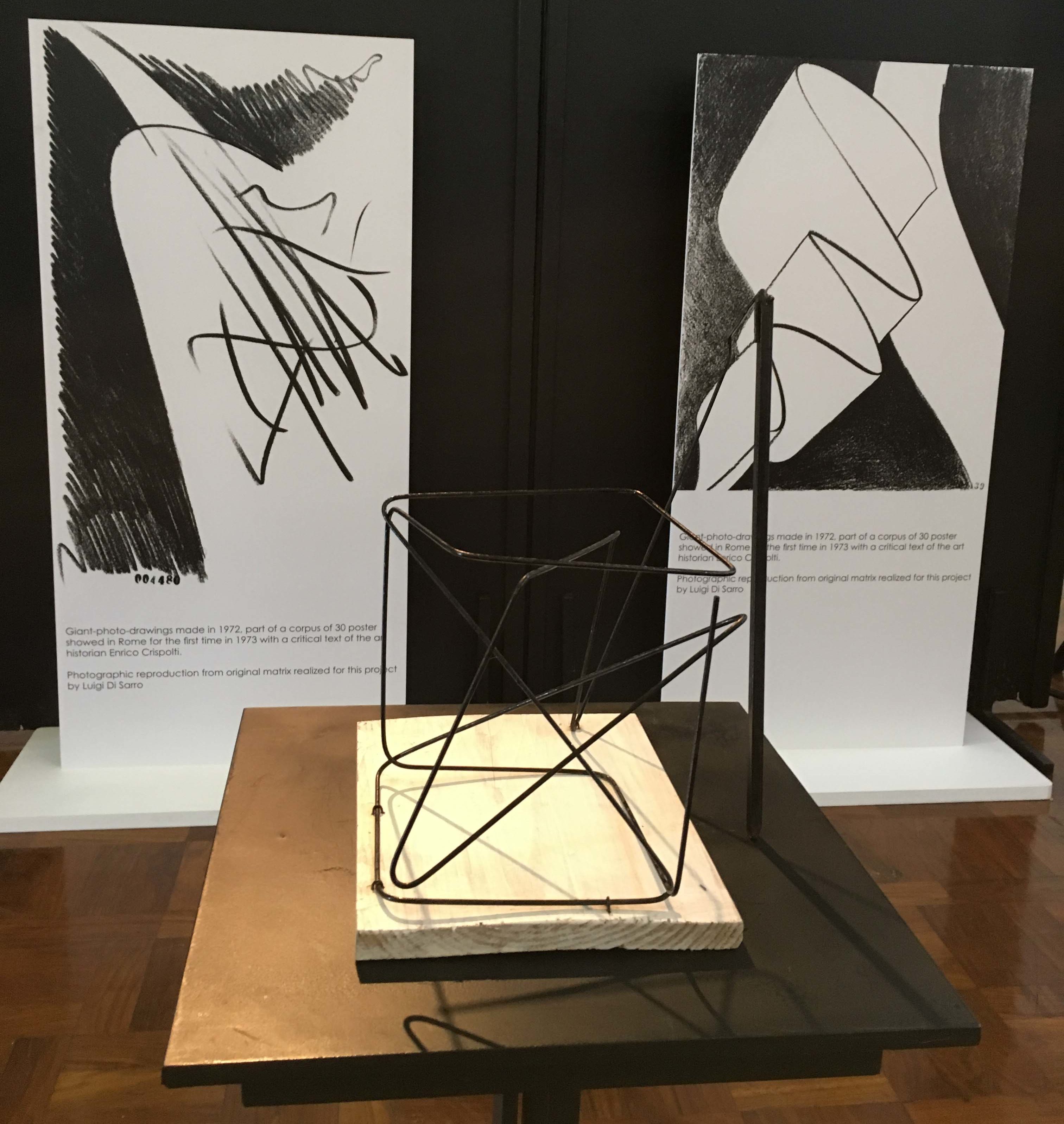3rd Edition of Grenze – Photographic Arsenals International and contemporary photography in Verona. Vernissage 11 sept h.18 (with face masks in respect of anti-Covid19 rules). Grenze Festival will take place in numerous locations from 9th September to 2nd novembre 2020.

The Palladio Design Institute, in collaboration with the Department of Culture of Municipality of Verona – International Center of Photography Scavi Scaligeri and sponsorship of IUSVE University, present the third edition of Grenze, Festival of contemporary and international photography.
At the head of the artistic direction and curation of the festival we have the professor and art critic Simone Azzoni, the photographer Francesca Marra, and the professor and photography scholar Arianna Novaga.
This year’s theme is “Als Ob“, meaning “as if”. In German language it implies something doubtful: perhaps it is like this, it is as if it were like that and therefore, sooner or later, it will be like that, otherwise it can’t be helped. “As if” is a self-fulfilling prophecy. A hypothesis is projected into reality and lived as if it were true. The “as if” is an assumption that, by the mere fact of having been pronounced, it produces an event: no matter if it is a realistic thing or not. “Als Ob” opens scenarios towards possible realities, measuring and altering the distance between what is seen and the observer.
There are seven exhibition locations that will host the photographers of the 2020 edition:
– MilitaryArsenal
– Spazio Arte Pisanello
– Civic Library
– Laboratorio Theater
– ShyGallery33
– Isolo17 Gallery
– Museum of Natural Sciences
In addition, the photographers of the Off section will be hosted at :
– Vintage bus ATM – In bus
– Library Pagina12
– Bar Sipario
The program of this year’s edition will be packed with events in the city and outside the walls.
From September 9th to the 14th, at the former Military Arsenal (main venue of the festival), the Pad 20/1 will host :
Archivio Luigi di Sarro (L.Di Sarro Experimental Photography from the 70’s), Jacob Balzani Lööv (Armenia Azerbaijan Sports), Silvio Canini (What are you looking for, the sea?), Gianluca Camporesi (Visions of Hyperbody), Daniel W. Coburn (The Hereditary Estate), Enrico Fedrigoli, Brian McCarty (War-Toys), Rowshanbakht Hossein & Hassan (The Wall Collection), Stefano Mirabella (DOM) and Alessandro Secondin (The second number)
Also in the Arsenal, with the contribution of the Scavi Scaligeri International Center of Photography, we will be exhibiting a selection of photographs (from the Scavi Scaligeri archive) by Franco Fontana, Luigi Ghirri, Greg Gorman, Michael Kenna, Daniel Lee, Giuseppe Pino, Ferdinando Scianna, Tazio Secchiaroli, Enzo Sellerio, Oliviero Toscani and Jerry Uelsmann.
Inside the Arsenal, for the entire duration of the festival, a space dedicated to independent photographic publishing will also be set up.
From September 10th to 21st, at the Spazio Arte Pisanello will be hosted the exhibition of Mike Crawford Obsolete and Discontinued, a project based on the idea of, giving new life to analogue photography, considered by many to be obsolete. Thanks to the recovery and recycling of old materials that have been out of production for a long time and destined for pulping, the author photography is saved by the intervention of the English printer, involved in the field of ecology and sustainability. The exhibition was exhibited in Barcelona, Cologne, London, Ljubljana and Naples.
A vintage bus of the Inbusclub Association, parked on the Arsenal square during the festival, will host the Off photographers selected through an international call.
At the Civic Library, from October 5th to 12th, will be also possible to visit the photographic exhibition of Kevin Horan, which portrays goats and sheep in the studio.
The Dolomites Stories project by Alessandro Cristofoletti will be also exhibited from September 16th to 25th at ShyGallery33 in via XX Settembre.
From October 16th to 2nd November, at the Isolo17 Gallery (in via XX Settembre), will be exhibited “Cuando el recuerdo se convierte en polvo” by Cuban Ricardo Miguel Hernandez and “Interpose” by Eolo Perfido.

There will be also numerous side events in various locations around the city and outside the walls:
The 8th of October at 4.00 pm, at the Museum of Natural Sciences, a talk will be held entitled: I spoke to a goat. The poetry of everyday life through photos of animals and plants. The speakers are the critic and journalist of the Republic Michele Smargiassi, the publisher Valentina De Pasca and the writer Giulia Mirandola.
The 15th of September at 9.00 pm, the electronic musician Vincenzo Scorza will hold an audio-video performance entitled “Island – liveset for inaccurate sounds and errant photons” at the Laboratorio Theater. The artistic intervention is in collaboration with the perAspera festival.
On September 12, at the former military Arsenal at 2.30 pm, the lawyer Toti Bellastella, will hold a conference entitled “Photography and copyright”.
In this third edition, Grenze will still maintain its identity linked to training and education. On Saturday September 12th, the photographer Yvonne De Rosa of “Magazzini fotografici di Napoli”, will be available throughout the day for free Portfolio Readings that will be held in the main office.
Two Workshops included in the program of the festival: the one with Eolo Perfido by the Association NESSUNO[press] and the one with Valeria Pierini.
Furthermore, Grenze is also out of town. This year the Festival has partnered with different events in Emilia Romagna and Trentino:
in Bologna, it partnered in the Art and The City Festival with Giorgia Chinellato’s The Flutter MtF / FtM project, created in 2018 on commission from the festival;
in Trento, it exhibited Andrea Roversi’s Dauðalogn at the Trentino Impact Hub. And again in Trento, at the Due Punti Bookstore will be exhibited Nostos by Fabio Moscatelli.
In the same bookstore in Trentino, a fanzine space will also be open for the duration of the exhibition (until the end of June).
Grenze is a non profit Festival but it is made possible by the important presence of some partner friends.
Supporters: Zanotto Foundation, Flos, Mail Boxes ETC, Cartongraph
Partner Galleries: Isolo17, Photographic Warehouses, Luigi di Sarro Contemporary
Artistic Documentation Center
Technical sponsors: E-Graphic, Art Verona 2020, Teatro Scientifico, Museo Diocesano d’Arte, Associazione Are We Human, IC09 Valerio Catullo, Nessunopress, Incontridifotografia, Libreria Due Punti, 5Continents Edizioni, Trentino Impact Hub, e Domini Veneti
Photo prints are possible thanks to Samuele Mancini e Canson.
The communication of the festival is entirely conceived and designed by the students of the IUSVE Graphic and Multimedia Communication Sciences and Techniques course, coordinated by the professor Stefano Torregrossa.
The exhibitions at the former Military Arsenal (Pavilion 20/01 and bus) and the Arte Pisanello space will be free entry and open during the festival days from 10.00 am to 7.00 pm.
For other locations, see the time of each individual office. Daily updated information on the festival can be found on
www.grenzearsenalifotografici.com www.facebook.com/grenzearsenalifotografici/


